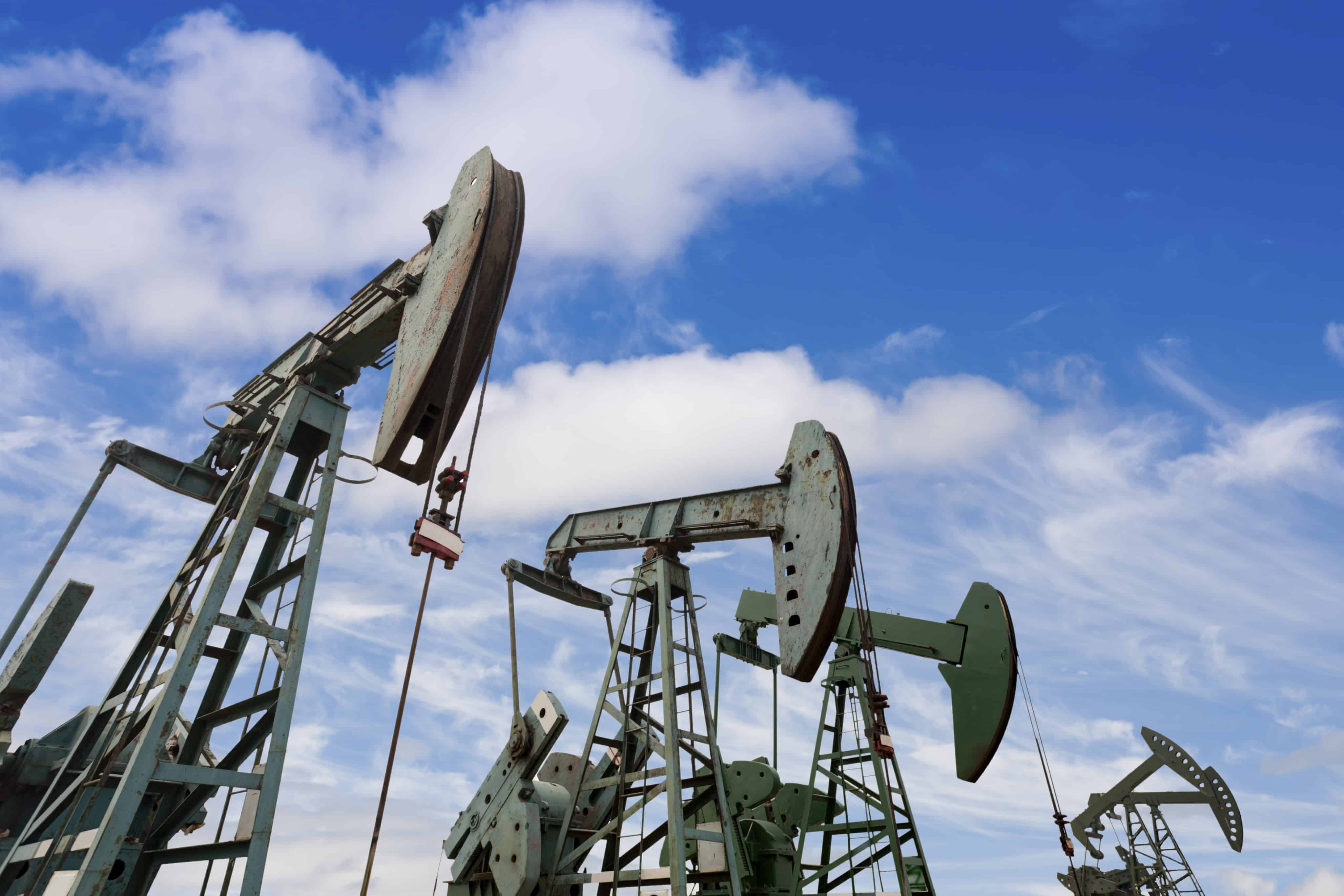Baytex Energy Corp. (TSX:BTE)(NYSE:BTE) is making large leaps to becoming the profitable oil and gas player it once was. The company is slowly but steadily chipping away at its debt burden, increasing Canadian shut-in production, and diversifying to adapt to the changing low-price commodity environment. There are many reasons to like Baytex as a potential turnaround story, but I’ll focus solely on the debt story here.
How much does Baytex owe?
The discussion of Baytex’s debt load is an interesting one. The traditional GAAP definition of the total debt load of a company is the sum of monetary working capital, the principle amount of long-term debt, and the principle amount of outstanding bank loans. Looking at these three key measures of debt, we see the following trend in Baytex’s debt burden over the past two years:
- December 2014: $2.296 billion
- December 2015: $2.050 billion
- September 2016: $1.864 billion
Encouraging factors to consider
The company’s recent financial statements show a few bright spots. To start, during Q3 2016 Baytex sold its interest in the Eagle Ford along with other non-core assets for $63 million; that cash was immediately applied to the company’s debt load. The fact that the company has made a number of divestitures to relieve the large debt burden is a welcome sight for investors, and this trend is likely to continue should oil prices remain low.
During the days when oil was $80-100 in 2012-2013, Baytex experienced profitable production and began engaging in a number of levered acquisitions, which the company is now paying for. The current low-price commodity environment has led to this subsequent period of reduced capital spending and divestitures, which have led to a slight decline in overall production levels, further exacerbating the realized losses experienced each fiscal year since 2013.
A number of analyst reports show the increased likelihood of $60-80 oil in the relatively near future; this would certainly bolster Baytex’s stock price, allowing the company to take advantage of a number of efficiency-focused strategic moves.
Credit-rating outlook “remains negative”
Baytex’s credit rating has taken a number of big hits in recent years. The company’s current credit rating (via Moody’s) sits as Caa2, meaning the credit rating is considered to be “non-prime” or at a “junk” level.
Ultimately, Baytex’s ability to return cash to shareholders in the form of dividends or share repurchases in the future will depend on how soon the company can reconfigure its capital structure, as the debt-to-equity ratio is clearly out of whack and will need a significant amount of time to rebalance, assuming an organic debt-repayment schedule.







